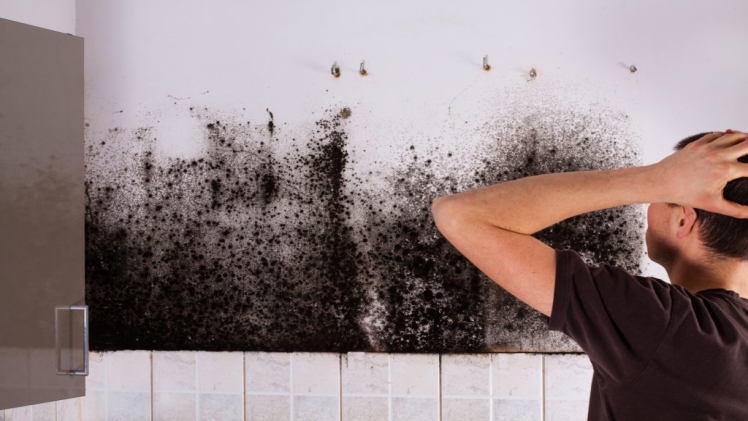Molds are microorganisms found almost everywhere. Mold grows on any surface, provided it is moist enough, and is commonly found in bathroom walls in a house. Molds look like black stains and furry growth and can cause adverse effects on our bodies.
Alternaria is the most common type of mold in residential buildings, characterized by brown and dark-green coloring. Alternaria mold grows in damp areas and is hyper-allergenic. This means you might experience respiratory issues after long-term exposure.
Below we discuss the most common causes of mold at home and the best mold remediation practices;
Persistent Humidity
People living in places with high humidity are more likely to experience mold. This mold is mainly found in ceilings, walls, or under the kitchen. Mold caused by humidity is common if you live close to a water body or ocean, and it might be worse if you lack ventilation.
Moisture accumulation indoors causes mold growth, meaning your property should be well-ventilated, mainly during warm months.
Leaking Pipes
This is one of the main causes of mold in your cupboards or drywall. Leaking pipes also cause wall and ceiling mold, and you should check for any leaking pipes after noticing these signs.
Leaking Roof
A leaking roof is one of the main causes of mold on your property. A snow leak might accumulate on your ceiling with time, which later turns into mold.
Homeowners should check their attic and ceiling for potential leaks to avoid mold problems at home.
Condensation Build Up
Certain homes experience condensation build-up on certain substances during winter due to temperature fluctuations. These cold surfaces include floor tiles and metal piping. Homeowners should ventilate all rooms properly after they notice a condensation buildup to eliminate it.
Poor Home Ventilation
As stated, a poorly ventilated house is a haven for mold growth and reproduction. Remember, mold thrives in the stagnant air on your property, so you should eliminate it daily for quality air.
The steam created by cooking and appliances makes your home humid, making surfaces sticky and damp.
Damp and Wet Clothing
Another leading cause of mold in your house is damp clothing. Remember, mold needs only twenty-four hours to increase and grow, meaning all wet clothes should be put outside. Damp clothes can cause a significant mold problem on your property during spring or summer, and you should seek other alternatives.
Damp Basement
Basements are exposed to a high moisture level, given that they occur below the ground level. Basements also have high humidity levels due to poor air circulation and ventilation. A mixture of humidity and dampness causes mold growth, thus risking your health.
Water leaks from your property might also accumulate in the basement, which is why you should keep it well organized to prevent this problem.
Home Flooding
Mold growth happens after you experience home flooding. Home flooding is done away with after a few days or weeks, making it an ideal place for mold to grow. This damp environment also facilitates the growth of toxic and dangerous mold called Stachybotrys charcatum.
Faulty-Air Condition System
Most homes have an air conditioning system with a mold type called Mucor. Mucor is an allergic mold that turns into white and thick patches in a conditioning unit. Homeowners should check their air conditioner’s filters and piping to ensure they lack any leaks.
How to Prevent Mold Accumulation at Home
Homeowners can regulate mold growth at their properties using the following tips;
- Keeping humidity levels as low as possible using a dehumidifier or conditioner.
- Ensuring air flows freely in their home. Homeowners should use exhaust fans as they vent outside their property.
- Fix any leaks in their walls or roofs to ensure mold has no moisture.
- Dry out and clean quickly after floods
- Replace or remove upholstery and carpets that are soaked
- Clean walls using mold-killing products
Signs of Mold on Your Property
The following signs indicate a mold problem in your premises;
- Leaks in the roof
- Water damage near the windows
- Mold on ceilings, walls, and carpets.
Final Thoughts
Mold is common in most households, but certain steps can be used to regulate its growth. The above article has discussed the main causes of mold at home, and more information on mold remediation is available online.

